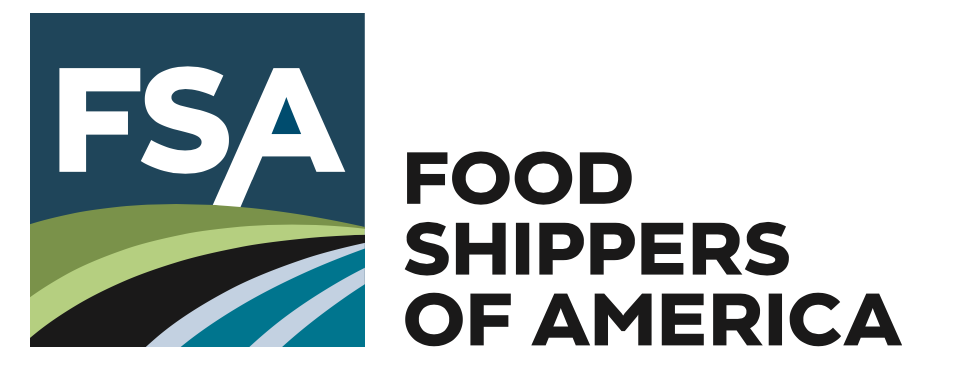Supply Chain Harmonization at General Mills
by Staff, on May 22, 2023 12:36:22 PM

Brian Everett, Group Publisher and Editorial Director for Food Chain Digest and Food For Thought (the official magazine and e-newsletter of Food Shippers of America, respectively) caught up with Paul Gallagher, Chief Supply Chain Officer and Courtney Andersen, Vice President of Supply Chain for General Mills at the Reuters Supply Chain USA 2023 Conference in Chicago last week. Pictured above are Andersen and Gallagher, along with Ryan Patel of Drucker School of Management. Here’s a recap of what Gallagher and Andersen had to say about what they’re doing to enhance decision-making and the use of Artificial Intelligence (AI) and Machine Learning (ML).
 Paul Gallagher is Chief Supply Chain Officer at General Mills, a major food manufacturer with such beloved brands as Cheerios, Nature Valley, Blue Buffalo, Haagen-Dazs, Old El Paso, Pillsbury, Betty Crocker, Yoplait, Annies, Wanchai Ferry, Yoki and more. Headquartered in Minneapolis, General Mills generated fiscal 2022 net sales of U.S. $19.0 billion. Gallagher has more than 30 years end-to-end supply chain leadership experience across many markets from the Americas, Europe, Asia and Africa. At General Mills, he leads all facets of the global supply chain team from strategy to execution, including Sourcing, Planning, Manufacturing and Engineering, Logistics and Customer Operations, and Safety & Environment.
Paul Gallagher is Chief Supply Chain Officer at General Mills, a major food manufacturer with such beloved brands as Cheerios, Nature Valley, Blue Buffalo, Haagen-Dazs, Old El Paso, Pillsbury, Betty Crocker, Yoplait, Annies, Wanchai Ferry, Yoki and more. Headquartered in Minneapolis, General Mills generated fiscal 2022 net sales of U.S. $19.0 billion. Gallagher has more than 30 years end-to-end supply chain leadership experience across many markets from the Americas, Europe, Asia and Africa. At General Mills, he leads all facets of the global supply chain team from strategy to execution, including Sourcing, Planning, Manufacturing and Engineering, Logistics and Customer Operations, and Safety & Environment.
 One of the key leaders of his team also joined the conversation about General Mills’ supply chain. Courtney Andersen is Vice President of Supply Chain and responsible for supply chain activities involving Morning Foods, which includes cereal and yogurt across General Mills’ portfolio. Andersen brings experience in developing global supply chain and manufacturing operations strategies, efficient production lines and lean manufacturing.
One of the key leaders of his team also joined the conversation about General Mills’ supply chain. Courtney Andersen is Vice President of Supply Chain and responsible for supply chain activities involving Morning Foods, which includes cereal and yogurt across General Mills’ portfolio. Andersen brings experience in developing global supply chain and manufacturing operations strategies, efficient production lines and lean manufacturing.
Gallagher describes the supply chain at General Mills as a fun game of Tetris. “It’s a complicated and sophisticated supply chain,” he says. “We at General Mills have 25 different platforms – whether it be the cereal and yogurt product lines that Courtney looks after or whether it be Pillsbury, it’s very complicated and complex.”
Adds Andersen: “I have been at General Mills for about 17 years and I’ve seen a lot of changes. In the past we have been very siloed in our supply chain. In recent years it has been necessary for us to integrate the supply chain and the pandemic was a jump-start trigger for us. With our supply chain harmonization efforts, our decision-making speed has increased significantly. We used to be very slow and it was frustrating for us and our business partners. Things that took us weeks and months back then we can now do in hours and days – and we’re seeing immediate results on this.”
How has General Mills managed to accelerate the decision-making process involving its supply chain? “We focus on the process first before we put the technology on top of it,” says Andersen. “With our Business Performance Management System, we needed to find the pockets where people could see the value.”
Gallagher agrees: “We’ve placed more process rigor into how we get the work done. Ultimately what we’ve done is we’ve inverted the pyramid to bring accountability and autonomy to the level of the organization where it can have the biggest impact. What we’ve also done is we’ve enabled the escalation of decision-making to happen quickly to ensure that nothing remains left undone or unsolved. We only use two colors in our process: red and green, nothing in-between. There’s still more to be done but we’ve made a lot of progress in flattening the decision-making and forcing decision-making at the level of the organization where most can get done. If we have decisions from L1 to L5 meetings that haven’t yet been made by the end of the week, they get escalated to me at the L6 level. I have very few decisions being made at my level at L6 because it’s enabling and encouraging decision-making to be done at those levels.”
The discussion then transitioned to AI and machine learning. AI and machine learning in food analysis are revolutionizing how we approach food quality control, safety, and understanding complex relationships between food components. Key industry players such as General Mills, Cargill and Nestle have even implemented AI and ML to optimize processes, improve efficiency, and enhance the precision and dependability of their analyses.
“All supply chain professionals are likely using some form of AI in their business today,” says Gallagher of AI and ML. “We have roughly 900 bots that are doing work for us across the supply chain – including robotic automation, delivering dashboards and tasks to enable us to make decisions quickly. And we’re now evolving quickly to where we’re inputting information into machines to ultimately make decisions.”
Gallagher says that AI and ML is changing how decisions are made and tasks are being completed at General Mills. But he emphasizes that the biggest change fundamentally in decision-making for General Mills has been a cultural change, because General Mills today has highly-engaged teams.
“We’ve transformed from a ‘Culture of Knowing’ culture to a ‘Culture of Learning,’ and this has been instrumental in us streamlining and empowering our decision-making,” he concludes. “It may sound simple in terms of words but there’s a fundamental difference in these two cultures. In the ‘Knowing’ culture everything needs to be precise. In the ‘Learning’ culture we acknowledge that we haven’t figured it out but we’re going to try alternative models or options which are directionally where we want to be.”
Like this kind of content? Subscribe to our "Food For Thought" eNewsletter!
Now more than ever, professionals consume info on the go. Distributed twice monthly, our "Food For Thought" e-newsletter allows readers to stay informed about timely and relevant industry topics and FSA news whether they're in the office or on the road. Topics range from capacity, rates and supply chain disruption to multimodal transportation strategy, leveraging technology, and talent management and retention. Learn More



